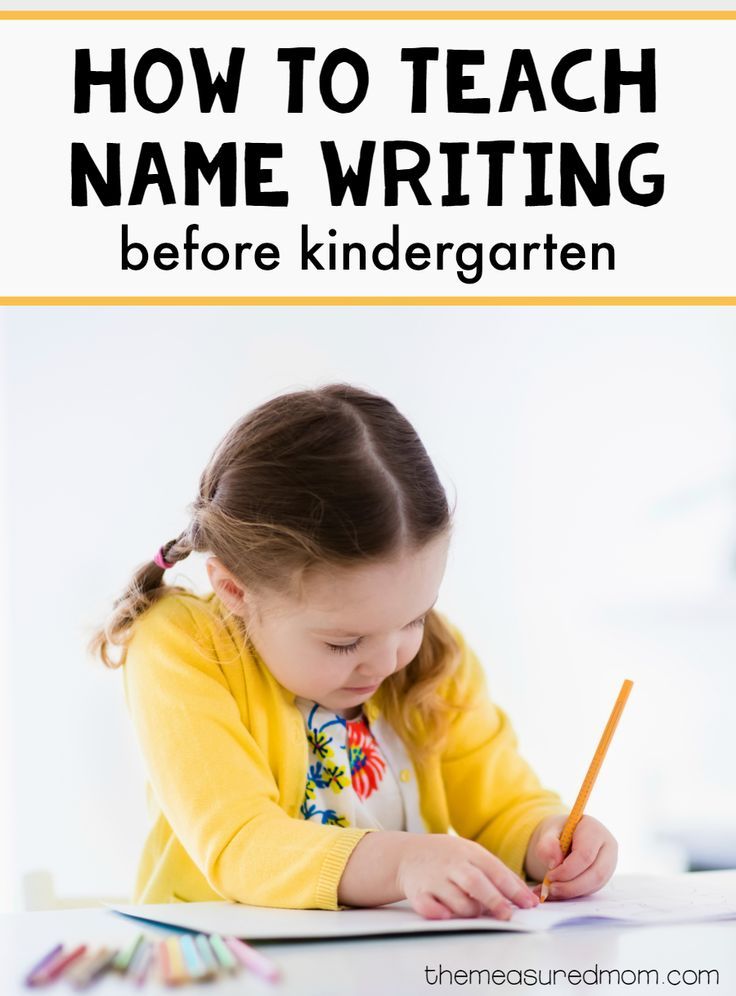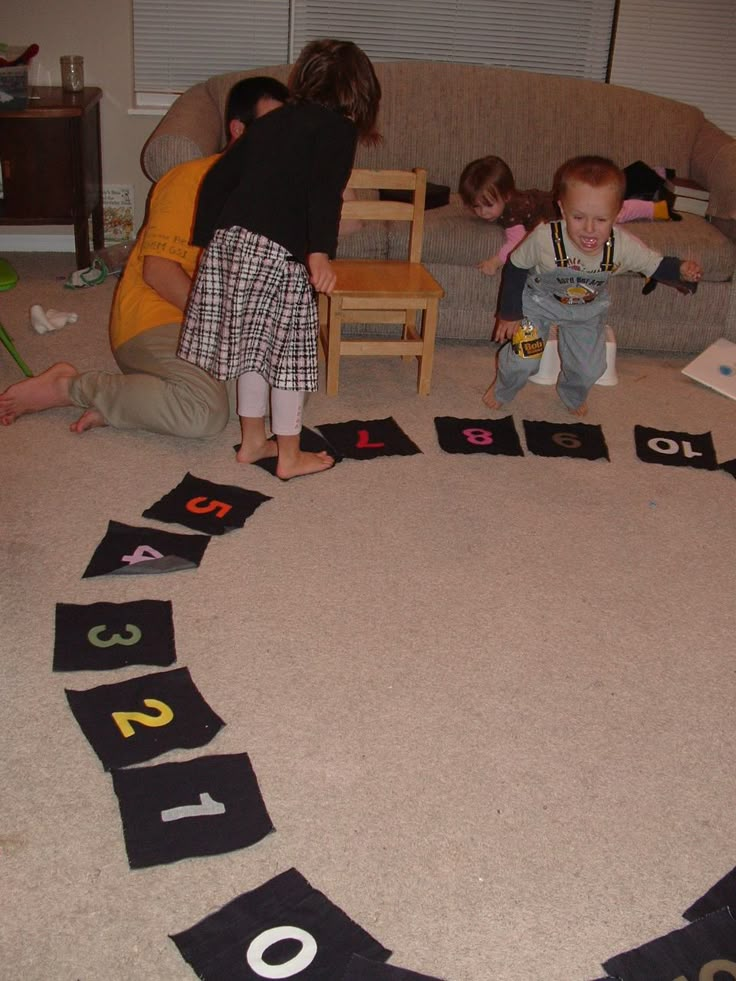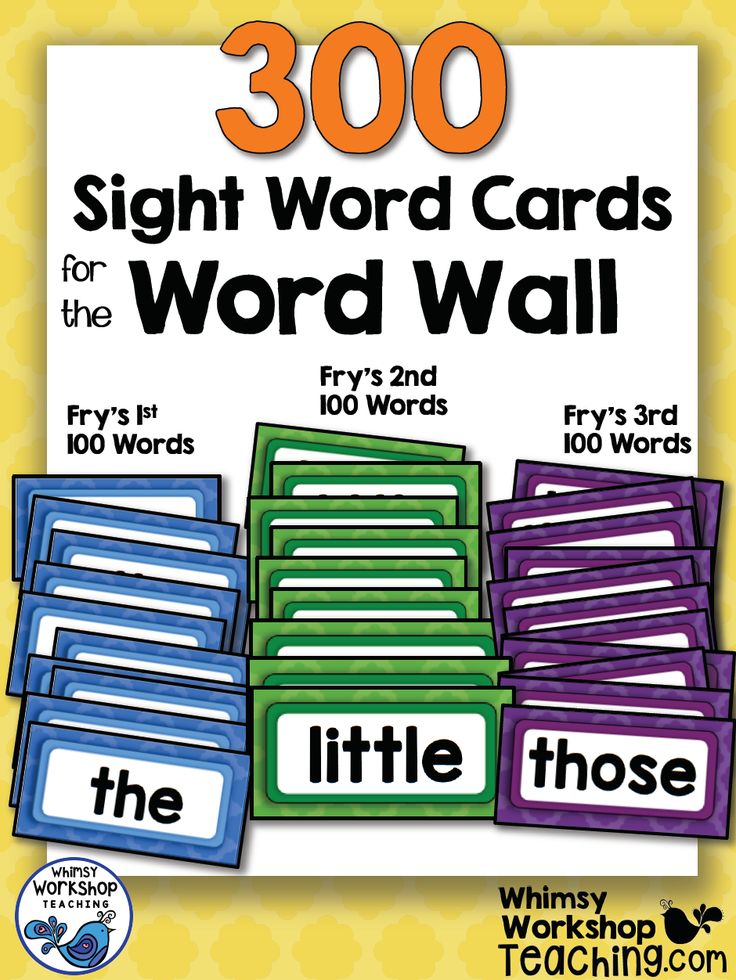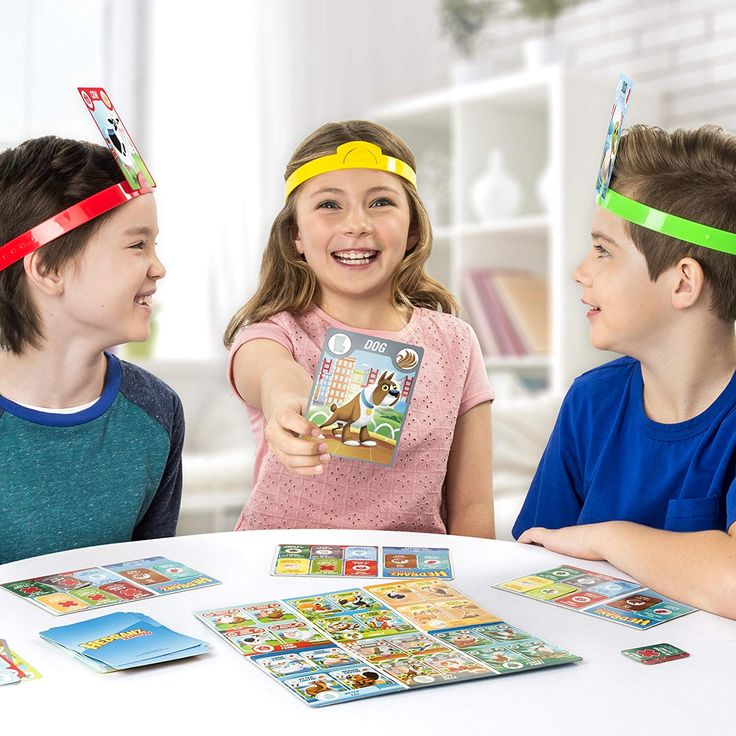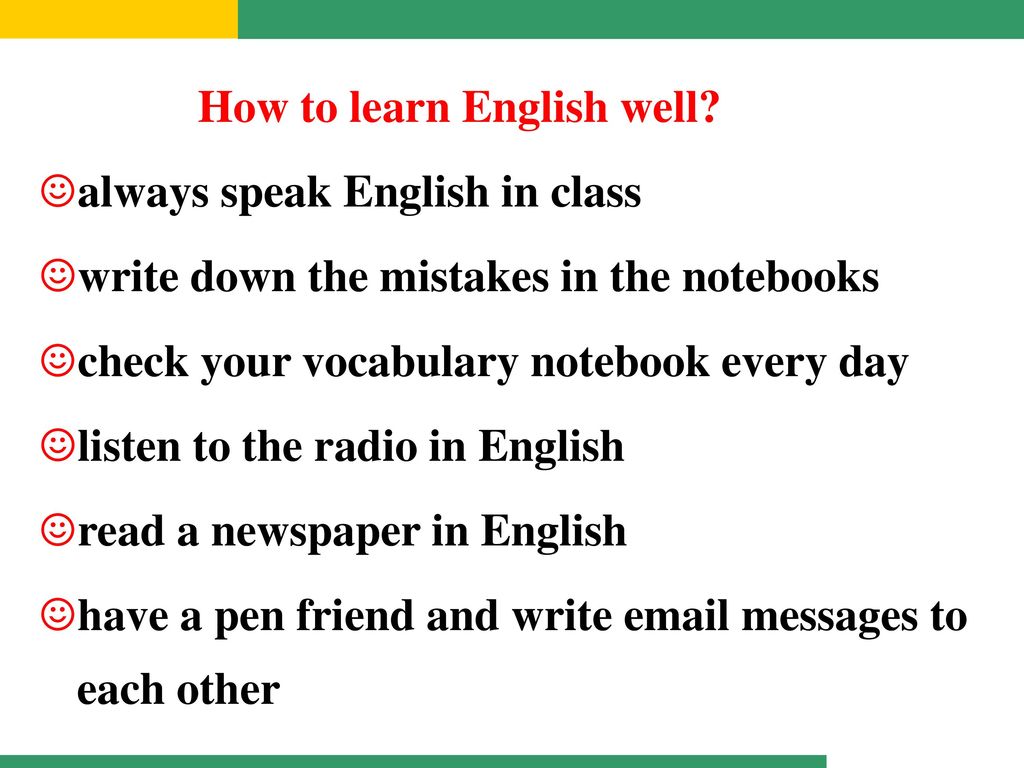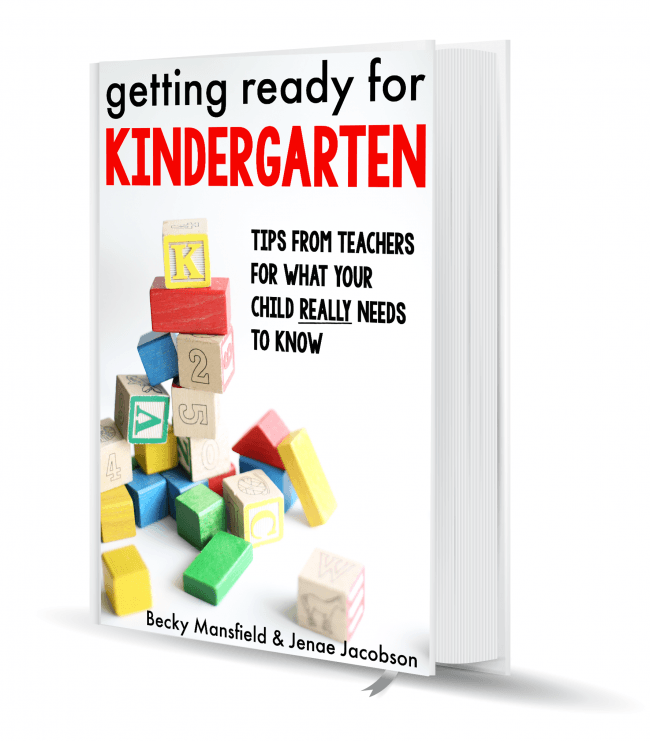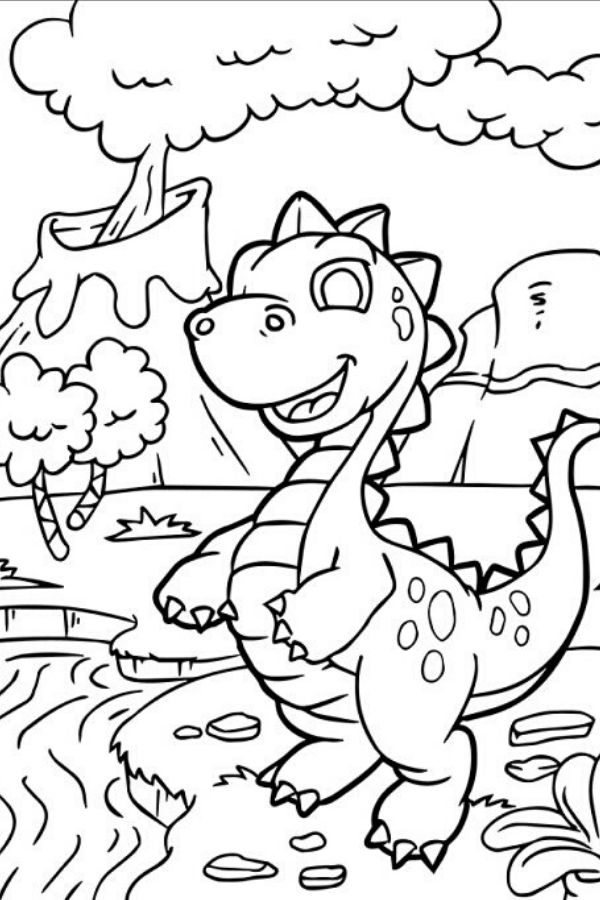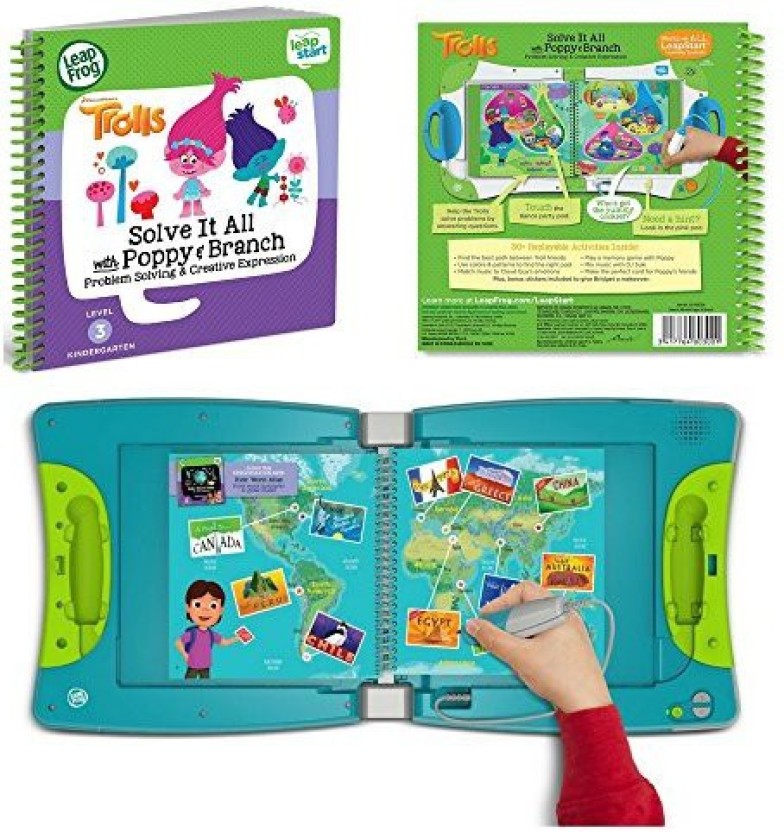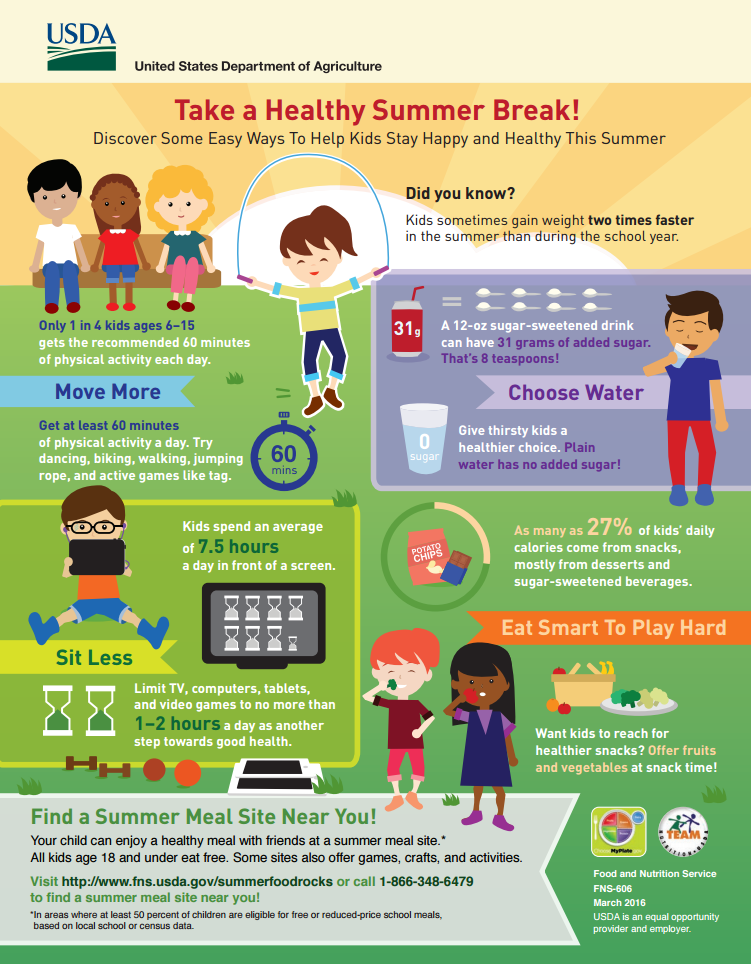Helping kids learn
HelpKidzLearn
HelpKidzLearn
Motivational Apps created by HelpKidzLearn specifically for children.
Carefully designed to meet a range of special educational needs including switch access for those with physical disabilities.
Share the HelpKidzLearn Apps
Tweet Email
Available on the App StoreRead more
Available on the App StoreRead more
Available on the App StoreRead more
Available on the App StoreRead more
Available on the App StoreRead more
Available on the App StoreRead more
Available on the App StoreRead more
Available on the App StoreRead more
Available on the App StoreRead more
Available on the App StoreRead more
Available on the App StoreRead more
Available on the App StoreRead more
Available on the App StoreRead more
Available on the App StoreRead more
Available on the App StoreRead more
Available on the App StoreRead more
Available on the App StoreRead more
Available on the App StoreRead more
Available on the App StoreRead more
Available on the App StoreRead more
Available on the App StoreRead more
Available on the App StoreRead more
Available on the App StoreRead more
Available on the App StoreRead more
Available on the App StoreRead more
Available on the App StoreRead more
Available on the App StoreRead more
Available on the App StoreRead more
Available on the App StoreRead more
Available on the App StoreRead more
Available on the App StoreRead more
Available on the App StoreRead more
Available on the App StoreRead more
Available on the App StoreRead more
Available on the App StoreRead more
Available on the App StoreRead more
Available on the App StoreRead more
Available on the App StoreRead more
Available on the App StoreRead more
Available on the App StoreRead more
Available on the App StoreRead more
Available on the App StoreRead more
Available on the App StoreRead more
Available on the App StoreRead more
Available on the App StoreRead more
Available on the App StoreRead more
Available on the App StoreRead more
Available on the App StoreRead more
Available on the App StoreRead more
Available on the App StoreRead more
Available on the App StoreRead more
Available on the App StoreRead more
Available on the App StoreRead more
Available on the App StoreRead more
Available on the App StoreRead more
Available on the App StoreRead more
Available on the App StoreRead more
Available on the App StoreRead more
Available on the App StoreRead more
Available on the App StoreRead more
Available on the App StoreRead more
Available on the App StoreRead more
Available on the App StoreRead more
Available on the App StoreRead more
Insight - Shop | HelpKidzLearn
More than 80% of ALL learning is through vision!
Insight is an intelligent, individualised learning system that will help engage, assess and develop your students' visual learning skills. It has been specifically designed to work with eye tracking technologies so that, with no physical skills needed, we can analyse looking behaviours to get a unique insight into students’ hidden skills and capabilities.
Functional Vision
To find out how your students take in information, Insight provides
continuous assessment of the core functional vision skills essential for
ALL Visual Learning. Designed for students with significant visual
difficulties and CVI and all students at risk of vision problems (Cerebral
Palsy, learning difficulties, hearing impairment, Epilepsy,
Profound/Multiple Learning Disabilities).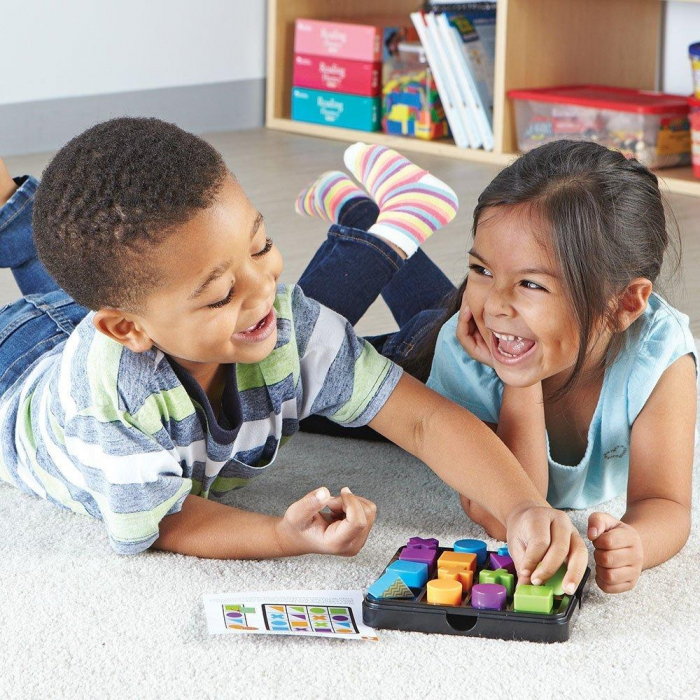
Early Cognition
To find out what they do with visual information, the cognitive learning goals give a unique insight into students’ higher-level processing skills and ability to interact with intent and purpose. Designed for all students with significant physical difficulties and those developing alternative access, contingency awareness and choice making skills.
Core Learning
Insight provides the foundation visual learning skills to aid development of early language, literacy and communication using technology, preparing students for further subject specific learning and AAC readiness.
Insight provides objective and accurate assessment to reflect true
abilities, not possible using standard observation techniques or gaze
viewing software. Automatic progress tracking, interpretation and
intelligent recommendations save valuable teaching time and enable easy
evaluation and sharing of information.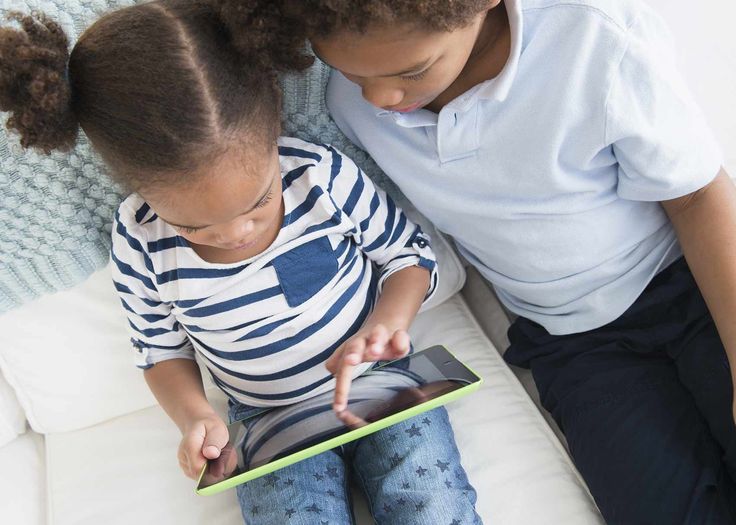
Universal Design for Learning
Insight includes a wide variety of content to suit individual preferences, small step progressive levels to include all abilities and game-based design to maximise engagement.
With 100’s of assessment activities, you can continually monitor progress whilst your students develop skills at their own level and pace. No eye gaze or calibration skills needed. Just position your eye tracker and have fun!
Progressive Learning
Insight’s Learning Goals focus on key milestones in early learning. They follow a developmental progression and can be used flexibly as an assessment tool, or sequentially for progressive learning.
Vision
Visual Sensory +
Oculomotor Functions, Detection + Targeting, Gaze Shift and Steadiness,
Smooth Pursuit and Accuracy
Cognition
Noticing Stimuli,
Reacting to Different Stimuli, Sustained Attention, Following Moving
Images
Engagement
Awareness,
Investigation
Vision
Selective
Attention, Visual Perception and Memory, Visual Search + Discrimination
Cognition
Anticipation,
Communicating “More”, Contingency Responding and Awareness, Intentional
Exploration, Sequencing Actions, Selecting from two or more, Early
Problem Solving + Prediction
Engagement
Anticipation,
Persistence
Individualised Learning
Activities are arranged in carefully graded steps to enable students to
work at their own level and pace.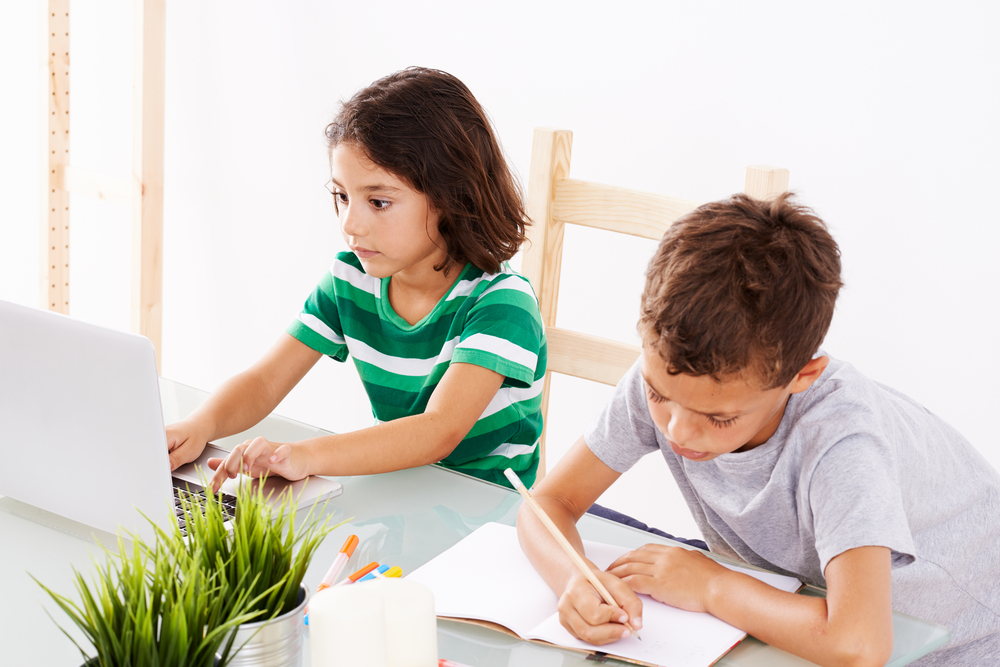 Start off easily then follow the
intelligent recommendations for optimal learning progression.
Start off easily then follow the
intelligent recommendations for optimal learning progression.
A wide variety of stimuli are used to suit all ages and interests, packed into fun game designs to aid long term engagement – essential for consistent assessment and continued development.
Reporting
After each activity play, Insight provides immediate and detailed feedback on performance. These detailed reports transform your student performance data into simple, engaging and intuitive progression reports.
Reports can be saved, shared, printed and viewed live on the FREE Insight App.
Smart Analysis
Insight’s unique analysis enables students’ performance to be precisely
measured and interpreted over time, so that progress in all forms can be
recognised – a powerful and sought-after tool to help inform and evaluate
practice.
See progress across all learning goals. Overall Performance reports give an instant picture of a student’s global ability levels for vision and cognition.
Accurately track progress. Historical Performance reports provide a unique insight into patterns of progression over time.
Intelligent Eye Tracking
Insight works with most eye trackers* to analyse looking behaviours and provide easy access using just your eyes.
Simply set up your eye tracker**, position and play. No previous eye gaze experience needed – activities require simple or no interaction. No calibration skills needed - Specifically constructed activities and algorithms measure ability levels regardless of calibration quality, providing true measures of skill for all learners, including those unable to calibrate with eye gaze – a world first!
* Works with all eye trackers that provide simple mouse emulation (cursor
control).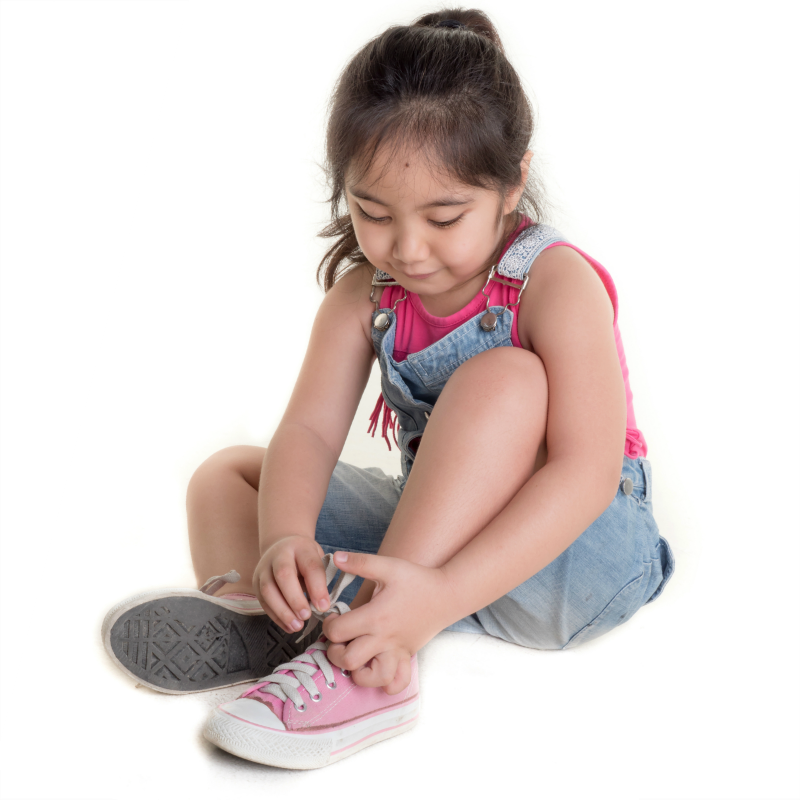 Sold separately.
Sold separately.
** For Tobii devices, choose the new FREE Gaze Point software or set to ‘mouse emulation’/windows control in Gaze Interaction software.
"We were so impressed with the amount and type of data that the Insight activity provided us, we wanted to explore possible use of eyegaze with communication for an activity for “go!” . Insight provided us much needed objective information that supported our observations with our own functional vision assessment, that he was able to visually locate information especially with larger visual targets, high contrast, light, and movement in a vertical field. He is now learning how to use switches for activating switch adapted items as well!!"
Lynda Crouch - The Little Light House in Tulsa, USA
Buy Now
6 Effective Ways to Help Your Child Develop and Learn
Child development is a constant source of concern for parents.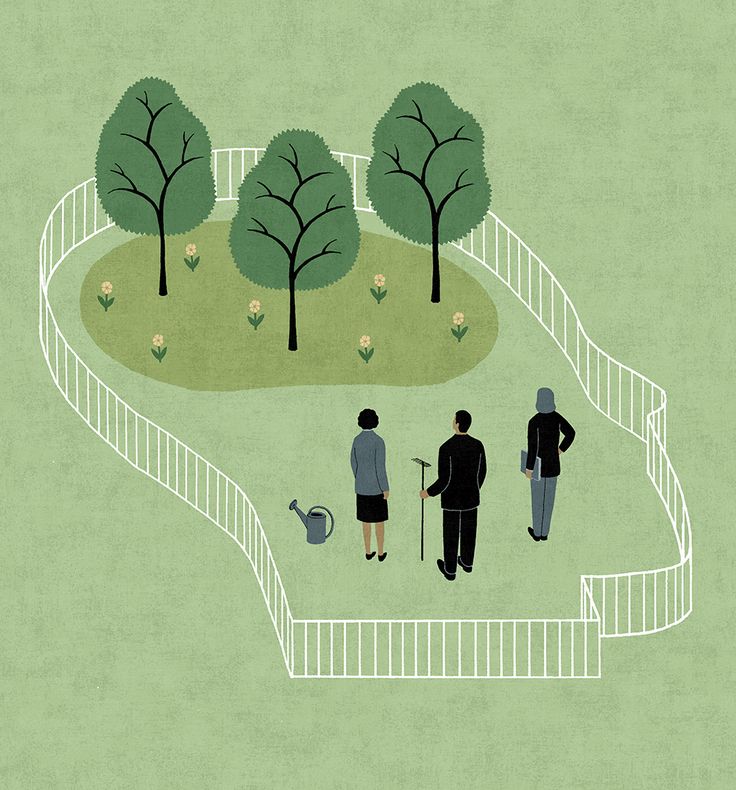 Does the baby succeed? Why hasn't he spoken yet? Maybe something is wrong? Such worries are often unfounded and even harmful, say pediatrician Michael Hauck and science journalist Regina Hauck.
Does the baby succeed? Why hasn't he spoken yet? Maybe something is wrong? Such worries are often unfounded and even harmful, say pediatrician Michael Hauck and science journalist Regina Hauck.
In the book “Between care and anxiety. How increased anxiety, false diagnoses and the desire to comply with developmental norms turn our children into patients, ”they tell how to help a child develop harmoniously and stop worrying in vain. With the permission of the Bombora publishing house, Lifehacker publishes an excerpt from the 16th chapter.
On the one hand, you need a reliable and stable connection with parents and other caregivers, on the other hand, the freedom to know yourself and be active, plus an environment that motivates you to learn. If these basic needs are met, the child is in the best position to develop healthy and learn what is possible for him.
1. Clearing the path, but not leveling it
Many parents, at the slightest effort of the child, rush to his aid. They give him a hand so that he quickly climbs up and sits on a chair. They take him to school and even bring his satchel into the classroom. Such parents say: “Tomorrow we are writing a math test.” And then they sit down with the child at the table and study until late in the evening. I know patient parents who take Latin classes to help their children.
They give him a hand so that he quickly climbs up and sits on a chair. They take him to school and even bring his satchel into the classroom. Such parents say: “Tomorrow we are writing a math test.” And then they sit down with the child at the table and study until late in the evening. I know patient parents who take Latin classes to help their children.
There are schools that offer these courses especially for parents. A mother whose son (or "we") just graduated from high school recently gleefully announced that some universities now even have parenting days and that she looks forward to meeting her son's teachers.
When parents free their child from all unnecessary effort, this has nothing to do with the necessary removal of obstacles to development or the creation of a reliable base. The behavior of the parents in this case reminds me of curling. With the help of large brushes, the players clear the path for their colleague so that the curling stone can slide freely along the desired trajectory.
What works in curling does not work in raising children. If the track is too flat, the child does not learn how to overcome obstacles, solve problems on his own or with the help of other people, as well as have fun and develop his own skills.
Intellectually developed according to their age, these children remain emotionally and socially at the same level: little tyrants, prone to brash and self-centered behavior, who, when faced with every difficulty, immediately begin to feel depressed, cannot integrate into the community in the children's garden or school. They feel emotionally insecure and worthless. Because of this, it is difficult for them to find friends from whom they could learn further development.
2. Give up excessive control
Self-study is a basic psychological need. Children acquire skills and knowledge of their own accord when they find an environment that encourages their pursuits.
This also applies to children with mental or mental retardation.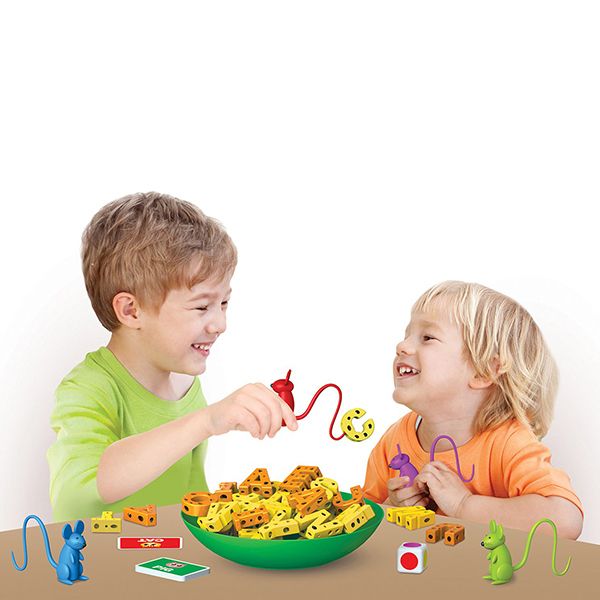 Like their perfectly normal peers, they explore the world in accordance with their own level of development, if the environment does not interfere with their activities due to excessive control or an abundance of rewards, but offers them favorable conditions for development. […]
Like their perfectly normal peers, they explore the world in accordance with their own level of development, if the environment does not interfere with their activities due to excessive control or an abundance of rewards, but offers them favorable conditions for development. […]
3. Set an example
People are interested in people. You can quickly test this statement with a little experiment. Just open the newspaper and see what "lingers" on the eye. Exactly! Photographs with people.
For millennia, the interest in the brethren has guaranteed survival. Because when you are surrounded by hungry saber-toothed tigers and other rather unfriendly animals, it is very useful to stick together and defend yourself together. And when the dinner is large, shaggy and armed with sharp horns, it is better to hunt it in a group. Knowledge is also best transferred when people live in close contact with each other. If all our ancestors were loners, everyone would have to open fire and the wheel on their own.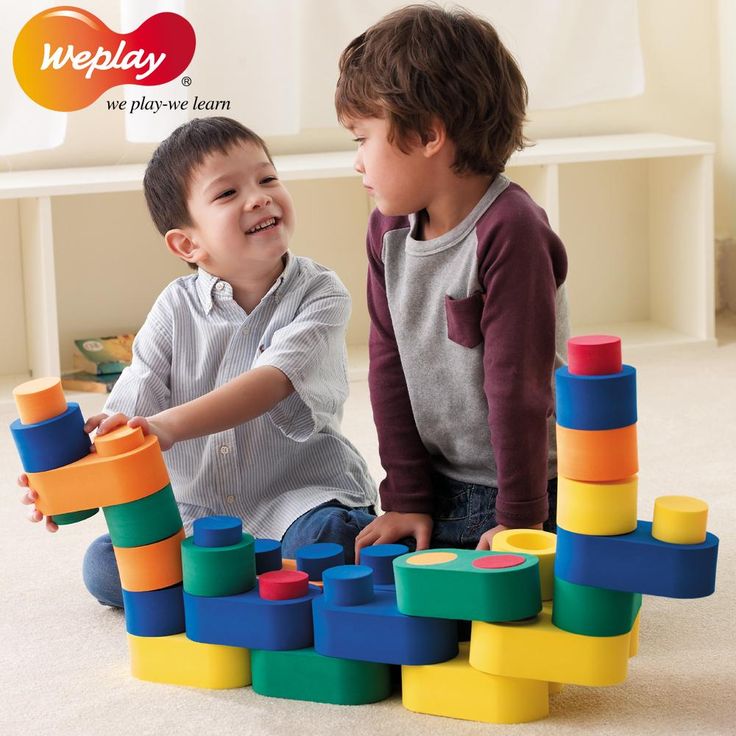
So an interest in other people is a good basis for getting to know a lot of useful things and learning a lot of useful things in order to survive better in this way. For this reason, evolution ensures that children initially show interest in other people: newborns have a clear preference for shapes that resemble faces.
Period, dot, comma, line, drawn on the glass, attract their attention. If the glass is also moving, the more interesting. Of all sounds, babies love human voices the most. They react to light skin contact with relaxation.
The innate ability to learn through imitation also helps children navigate the world better. Even newborns can imitate other people's simple facial expressions, such as opening their mouths wide or sticking out their tongues.
The older children get, the more they pay attention to their fellows. Scientists call this social learning.
From the end of the first year of life, children observe very carefully what adults or other children do with objects and try to imitate them.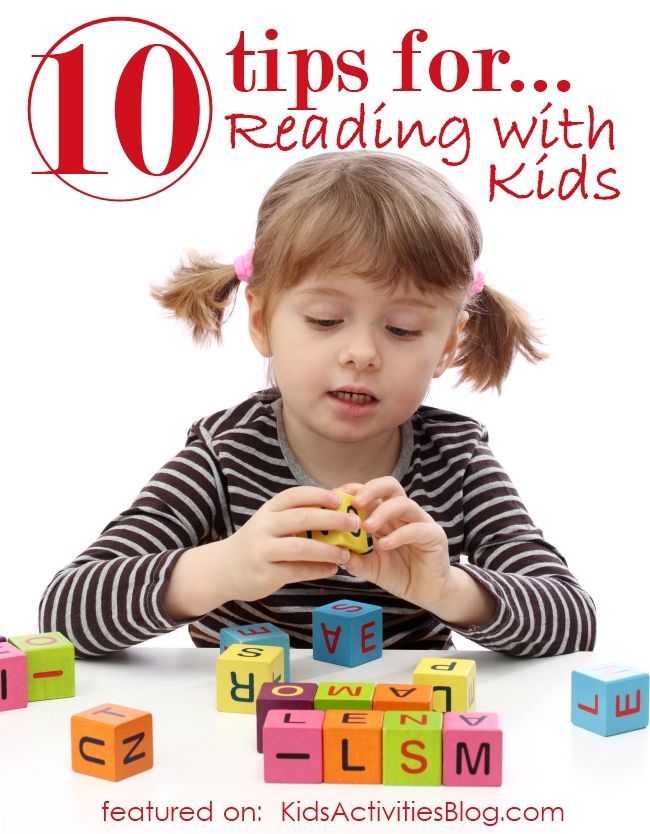 For example, they see how their parents, brothers and sisters eat with a fork and knife, and they also want to do this. They notice how parents, brothers and sisters treat each other and other people, how they talk, how they listen, how they play with each other, quarrel and make up. “How many times can I repeat: listen when I talk to you,” a four-year-old girl says to her doll, exactly copying the tone and expressions of her mother.
For example, they see how their parents, brothers and sisters eat with a fork and knife, and they also want to do this. They notice how parents, brothers and sisters treat each other and other people, how they talk, how they listen, how they play with each other, quarrel and make up. “How many times can I repeat: listen when I talk to you,” a four-year-old girl says to her doll, exactly copying the tone and expressions of her mother.
Education would be impossible without great interest in other people and without learning by imitation. Parents may abstractly explain to their child how to set the table, or may try again and again to teach him how to arrange plates, lay out knives and forks. But it takes a lot of time and effort.
If, instead, the child observes how parents, brothers and sisters, teachers and children in the kindergarten set the table every day, he will take them as a good example and begin to imitate them. Because from an early age, children want to "help" and please the people around them - another useful evolutionary trick that ensures that the child can learn and connect with the group, instead of giving up on their abilities, running away and putting themselves in danger.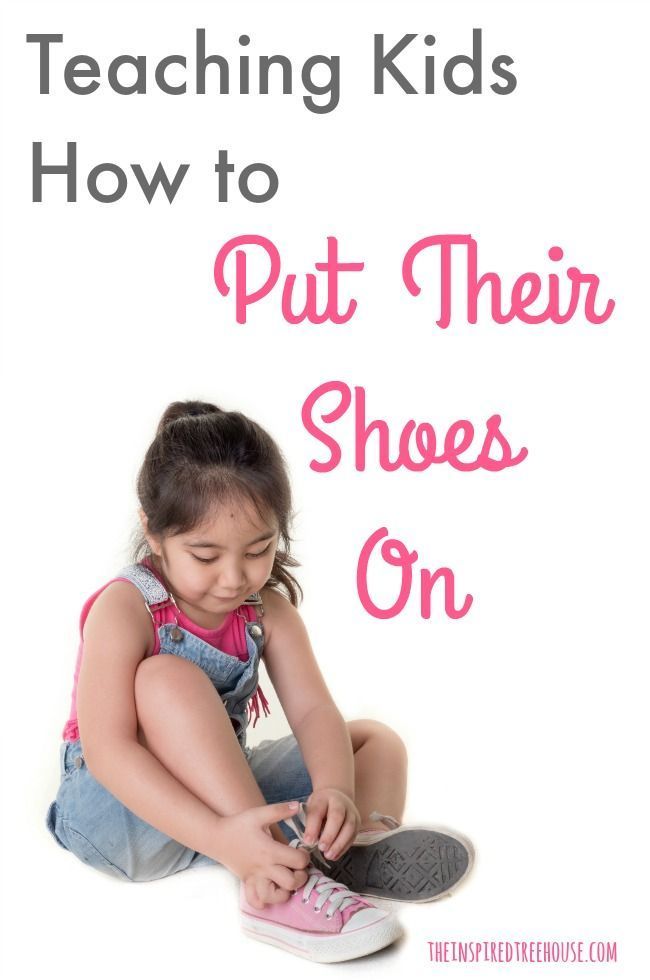
4. Help to learn from objects
Only a few weeks after birth, babies can tell living beings from inanimate objects. First, the child drags objects from his environment into his mouth, then touches them, and then carefully studies them. All this happens in the first year of life in that order.
For this, the child does not need a role model. Independently and on his own initiative, he deals with things and explores their external characteristics: size, weight, surface. He learns to push a toy car in front of him or hold building blocks so they don't fall out of his hands.
Researchers have found that as early as the first year of life, children understand that living beings can move in any direction or back and forth at will, and inanimate objects always move according to the same laws of mechanics until they are acted upon by an external force . Obviously, children bring into the world this useful knowledge that helps them understand the material world and its laws.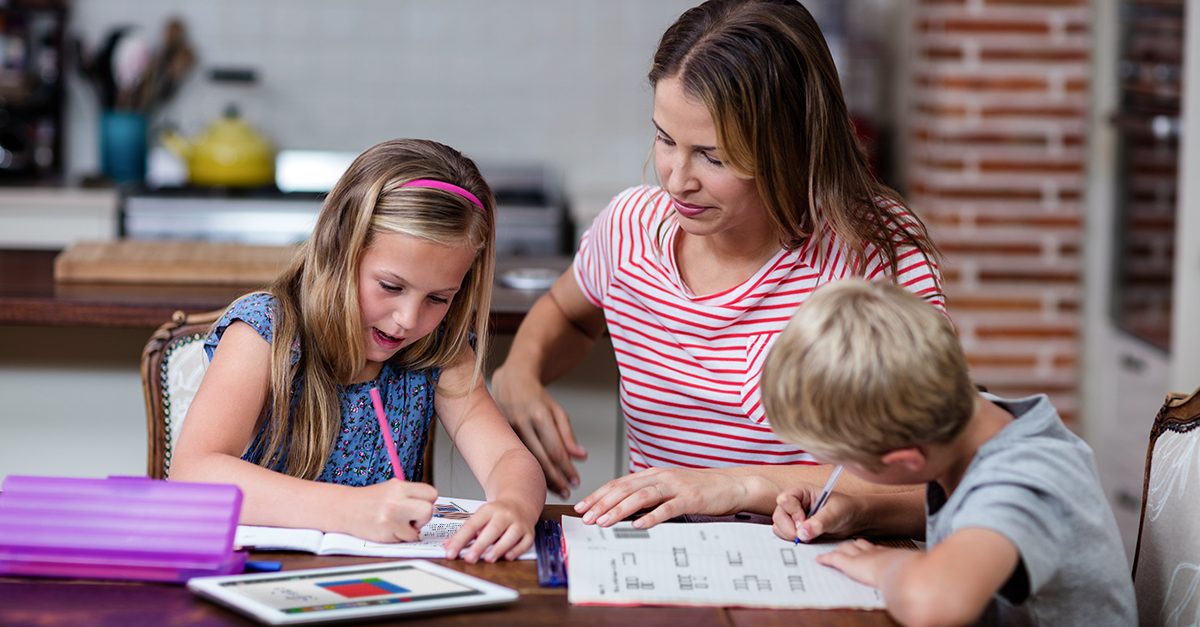
Babies already have an idea of numbers. Four-month-old babies can distinguish between a combination of two and three dots (although they do not see the difference between four and six dots).
Education does not start in kindergarten or school, but much earlier.
And children are born with the prerequisites for this. Adults do not have to do anything other than offer toys to the child, with the help of which he can get new experiences that correspond to his level of development. At first it will be rattles, then building blocks, later - dolls and Lego blocks. The child will explore them with his eyes, mouth and hands and learn in the process.
5. Explain in detail
As soon as a child begins to speak, he no longer wants to learn by imitation, but allows adults to explain the world. With his “what,” “who,” and “where” questions, he asks them to name things, people, and places.
When at some point - around the age of three - all the kitchen appliances, all the animals and people around him get names and titles, the questions "why" arise.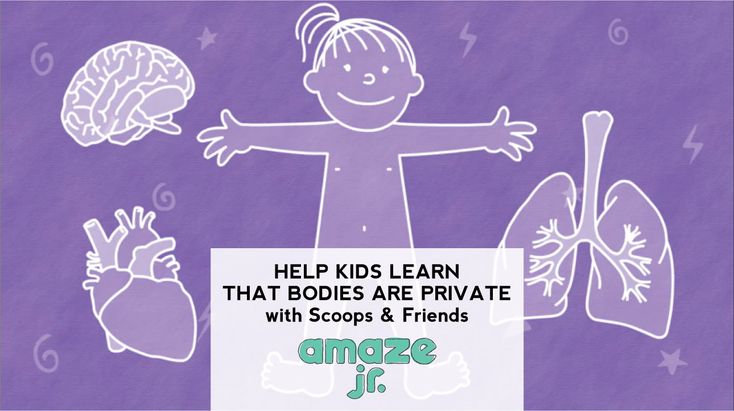 “Why does Grandma have so many wrinkles?”, “Why can’t I eat ice cream?”, “Why brush my teeth?” Now the child is interested in the causes, meaning and purpose of processes and phenomena.
“Why does Grandma have so many wrinkles?”, “Why can’t I eat ice cream?”, “Why brush my teeth?” Now the child is interested in the causes, meaning and purpose of processes and phenomena.
Children care not only about the correct answer, but also about attention. Then questions cascade: “Why do I need to vacuum?”, “Why should the apartment be clean?”, “Why is it bad when it’s dirty?” The child seeks information and seeks attention. He wants adults to teach him something.
This need grows until it becomes so strong that the child - about six years old - can listen to and learn from the teacher for several hours every day.
6. Support the child's initiative
Babies are curious, receptive creatures who want to learn. At the same time, the possibility of developing their skills depends on incentives emanating from the environment. They are interested in everything new and are constantly learning new things of their own accord, seeking, discovering, gaining experience, repeating and applying newly acquired skills in order to master them.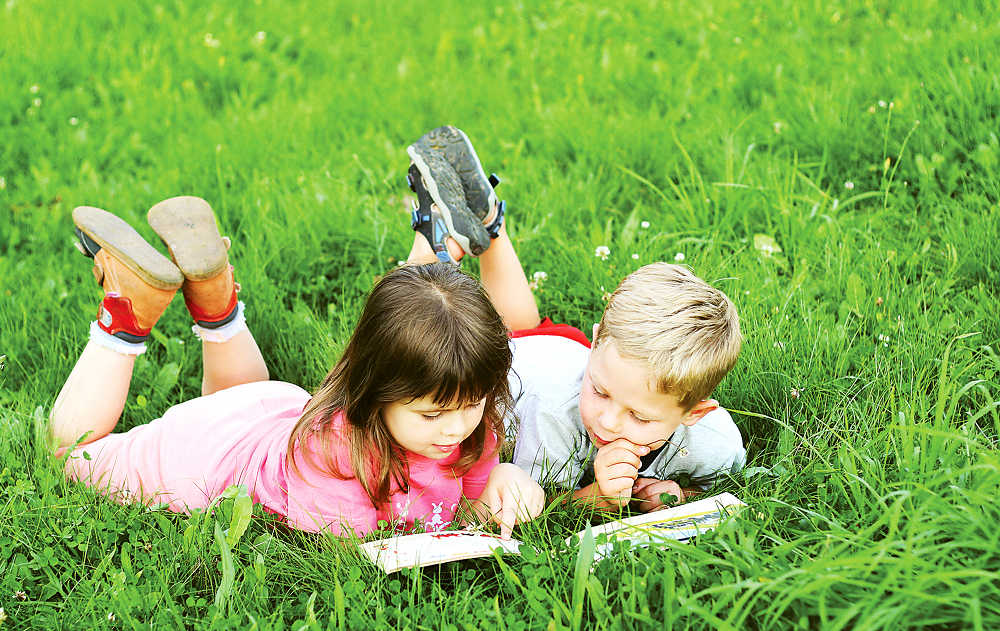 With each new skill, with each new knowledge, the child becomes more independent and competent.
With each new skill, with each new knowledge, the child becomes more independent and competent.
If a child has parents who believe in him, understand him, are guided by his interests and support him with love, the process of his development will be successful.
In this case, special training and educational programs are not required. They can even prevent the child from having personal experience and weaken his self-esteem, depriving him of the opportunity to express himself in his own actions.
The child may learn colors or the multiplication table before he tries to do it on his own initiative. But targeted training will prevent him from learning many other skills that will later come in handy in school, in education and at work: pre-thinking his actions, discretion, assessing the consequences of his own actions, the ability to motivate and concentrate, understanding mistakes, the ability to control his impulses and cope with setbacks and defeats.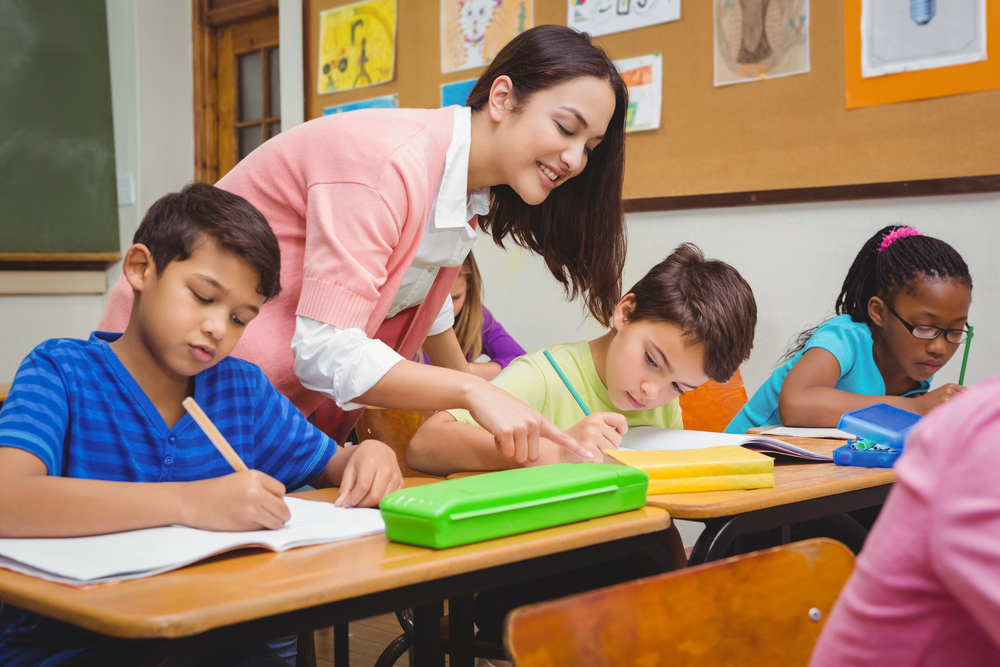 However, all these skills are necessary in order to find your life path, organize your life and successfully cope with difficulties.
However, all these skills are necessary in order to find your life path, organize your life and successfully cope with difficulties.
Fortunately, these "meta-skills", which can also be summarized as "character", are increasingly seen as key skills for the future. So far, their formation is left to chance. However, in recent years, brain researchers and educators have been increasingly trying to figure out how to support their development.
Thanks to medical imaging, we now know that these meta-skills are complex patterns of connections in the frontal lobe, the so-called prefrontal cortex. It forms the slowest of all parts of the brain, so it is especially strongly influenced by the social environment.
How we behave in certain situations, whether we can focus on problems, whether we look for solutions, give up quickly, or get “nervous” if we don’t succeed right away, all this is determined by our experience, obtained mainly in the process of education, and once shapes our character.
The book "Between Worry and Worry" will tell parents how to cope with fears and give up excessive control. And it will also help to build a plan of action if something still goes wrong in the development of the child.
Buy a book
Read also 🧐
- 10 simple tips to become a good parent
- What kind of parents raise happy and successful children
- 8 tips for parents who want to raise a well-adjusted child
How to help your child learn
home
Parents
How to raise a child?
How to help your child learn
- Tags:
- Expert advice
- study
- adaptation of
- motivation
- interest
- problems at school
School time is a headache for many parents. Social networks are also catching up with negativity, where jokes like “mom, you have to yell and yell today, because there are a lot of lessons” constantly catch your eye.
At the beginning of last year, the Mail.ru Children project team found out that 70% of parents help their students with their homework - they help them learn. Is this right and how to help children in their studies?
“For some reason, more and more people began to load us”
Parents try to help their children with homework not because they have too much time or their children are lazy. Our students are really overwhelmed with their studies. In 2016, according to international comparative studies, Russia was the first in terms of homework time - more than 10 hours a week, while in countries ranked second and third in this rating - 6-6.5 hours.
How can I help?
Of course, there is no single recipe for helping a child learn. The question is too voluminous: the age of the child and his experience play a role here, attending a kindergarten, developing and additional classes, the situation at home, relations with the teaching staff - in general, almost everything.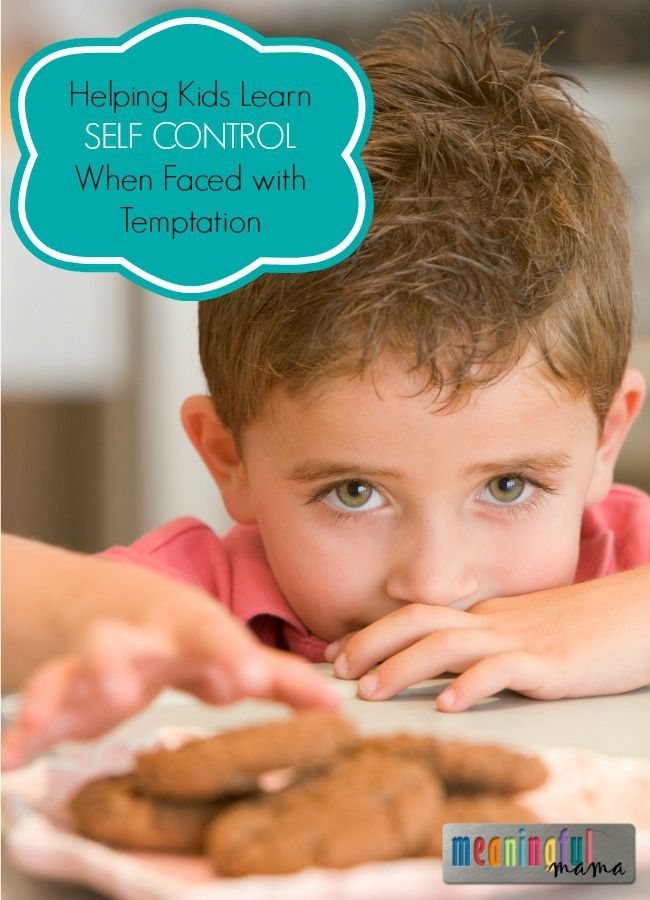 Therefore, we will discuss the main issues.
Therefore, we will discuss the main issues.
First class. Speaking of seven-year-olds, it is important to remember that children have never learned. Everything is a first for them: desks, school uniforms, classmates, the building, and the new regime. How can you help here?
Support, take an active part in the child's school life. Ask in the evening what's new happened, do not scold for scribbles in notebooks, do not demand the impossible.
Most of the difficulties in the first grade are not with reading and writing, but with the ability to follow the rules, follow the instructions, memorize tasks. Since there is no homework in the first grade, after school you can play attention games with your child, for example, Find the Differences, What is the Extra Item, Memory, Lotto - there are a lot of such games on sale now, and they are easy to make yourself. Believe me, this help is very important!
It is very important for first-graders to learn to follow someone else's thoughts, and the Bird in a Cage game will help here: draw a 3*3 square field.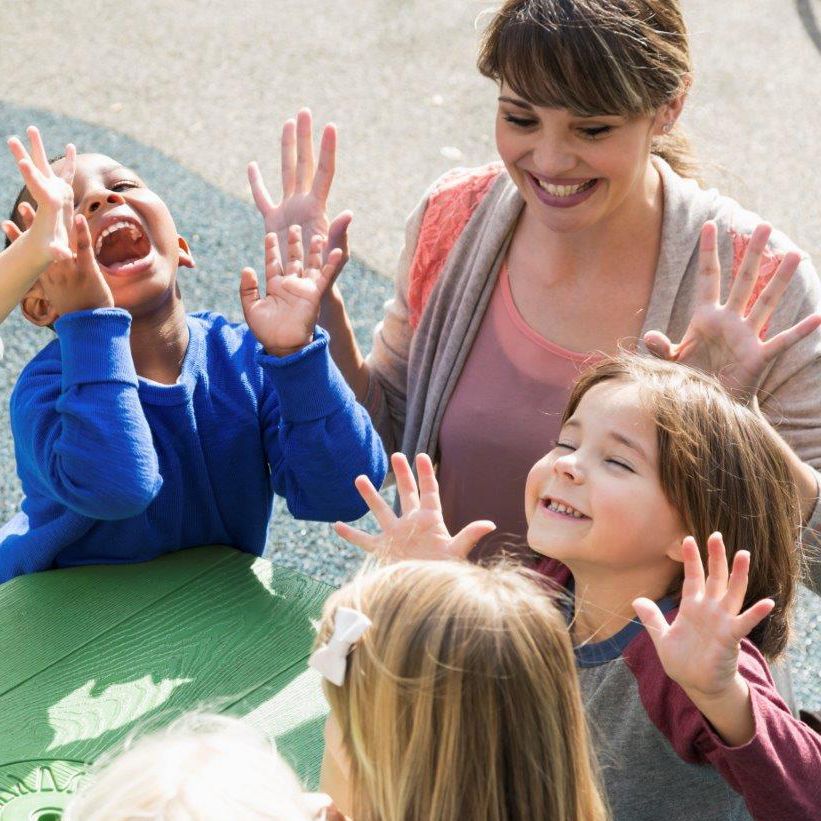 In the middle we put a bird (a coin, a Lego figurine, a button) and comment on its movements: “up, right, down, down”. After a few moves, the child needs to figure out where the bird is. At first, you can move it around your field, but over time, teach your child to move the object in his mind.
In the middle we put a bird (a coin, a Lego figurine, a button) and comment on its movements: “up, right, down, down”. After a few moves, the child needs to figure out where the bird is. At first, you can move it around your field, but over time, teach your child to move the object in his mind.
Another difficulty for first-graders is adaptation.
How to soften adaptation? Praise the child, pay attention to him, monitor his physical health, do not overload the first-grader with additional activities and circles, be sure to let him get enough sleep, because many children just recently slept after dinner in kindergarten.
Read also
Back to school: forming the right attitudes
What is not taught at school
How to help a younger student study?
We need to find out what the difficulties are. This may be an individual trait (“it is not given” to understand a specific subject), there may be problems in relations with the teacher, or too high a load outside the school.
The age peculiarity of primary school age is the teacher's great authority. It is on the personality of the teacher in the vast majority of cases that the student's progress depends, and this is not about favorites, but about motivation. A good primary school teacher teaches a child to learn, knows how to motivate and praise. If the child’s relationship with the teacher is not going well, and academic performance suffers from this, you should contact the school psychologist - he will help them find a common language.
If difficulties arise with a specific subject, express readiness to help the child at home: do homework together (this does not mean “for”), analyze incomprehensible topics. Sometimes children are embarrassed to ask questions to the teacher, and if this is the case in your case, you can approach the teacher with the child and ask him to explain some example again. Your support is always necessary for the baby.
It is worth paying special attention to the topic of grades: fives and fours are not a measure of “goodness”.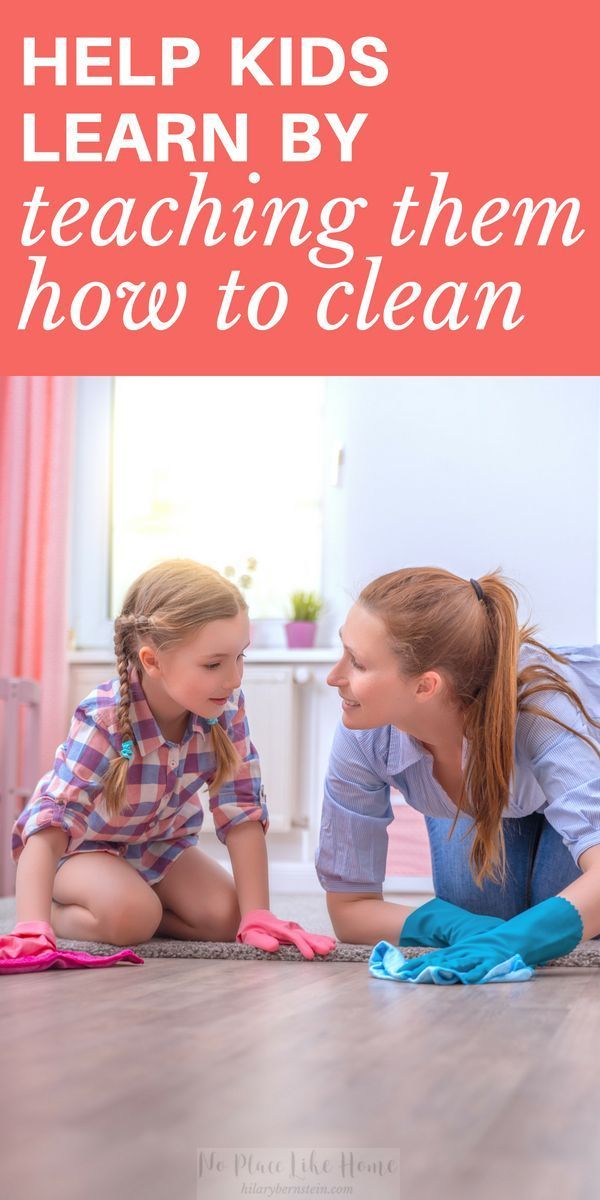 Explain to the child that you will always love him, and grades can be corrected.
Explain to the child that you will always love him, and grades can be corrected.
Parents often overload younger students with circles and sections. Of course, a developed child is the dream of every parent, but, you see, it is not so important how well a child can play the piano if he has not learned to write evenly by the third grade. Schooling at this age should be in the first place, rest - in the second, and only in the third - dancing, drawing, football and swimming. If the child gets tired, cannot concentrate on the lessons, does not have time to do homework, then abandon one of the sections. You can always return to it if the performance rises to the desired level. The main task now is not to overload the student, because without the base of the elementary school in the middle and senior, he simply will not be able to catch up with his classmates.
Help for teenagers
Teenagers also have problems with their studies. There are a lot of reasons for this: hormonal restructuring of the body, a change in the leading activity (from educational to intimate personal communication with peers), the emergence of new interests (or the selection of one dominant one - for example, interest in the exact sciences), a high level of stress due to upcoming exams, etc.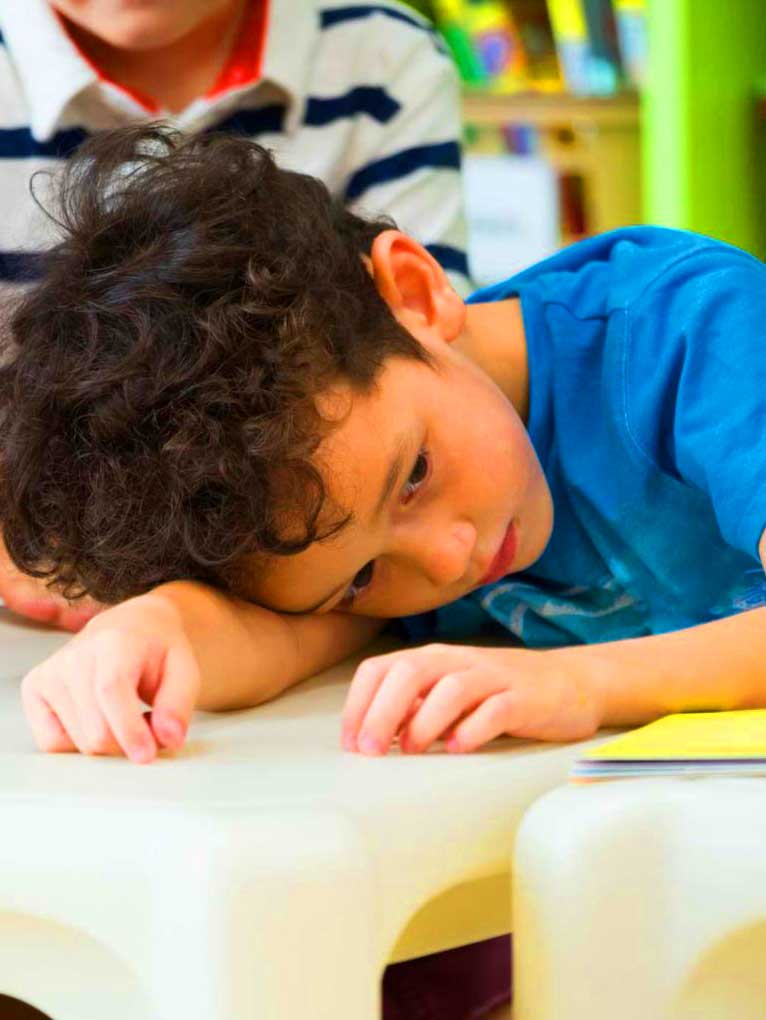 .d. I want to try everything, a new sensual and bodily experience appears, with which it is sometimes difficult to get used to and learn to live on. More often than not, learning simply fades into the background, and communication and emotions come to the fore. In adolescence, it will no longer be possible to explain that it is “necessary” to study - a teenager will give you a lot of arguments why it is “not necessary” to study. The main thing now is motivation.
.d. I want to try everything, a new sensual and bodily experience appears, with which it is sometimes difficult to get used to and learn to live on. More often than not, learning simply fades into the background, and communication and emotions come to the fore. In adolescence, it will no longer be possible to explain that it is “necessary” to study - a teenager will give you a lot of arguments why it is “not necessary” to study. The main thing now is motivation.
Adolescent motivation is rarely based on the desire to enter a good university, because at the age of 14 college seems too far away. In addition, the vast majority of teenagers still have no idea where to go and what to do, so you need to try to make the child interested in learning.
Many teenagers have interests in computer games, quests, books, films. Parents who have a trusting relationship with their children always know what their children are interested in at this stage of life. And any interest can be translated into a passion for science, the main thing is to make it applied.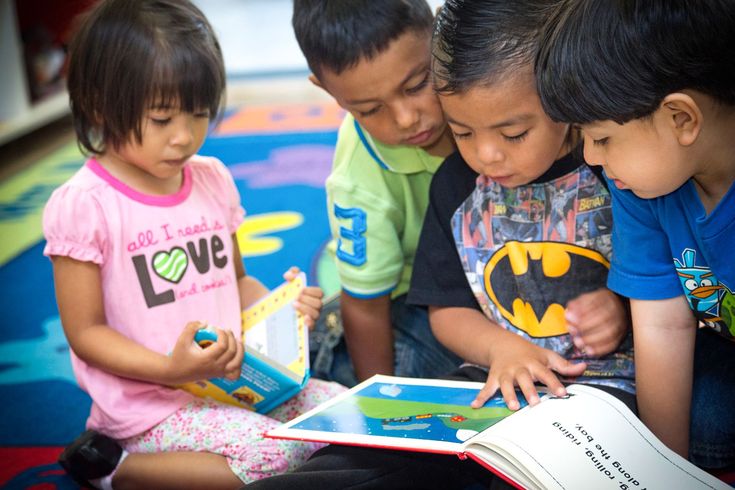 It is always important for teenagers to feel the result of their knowledge, they do not understand why they need to learn some formulas, but it is important to see how these formulas look in real life. Interested in computer games? You can study physics with computer science and create your own games.
It is always important for teenagers to feel the result of their knowledge, they do not understand why they need to learn some formulas, but it is important to see how these formulas look in real life. Interested in computer games? You can study physics with computer science and create your own games.
Interested in cosmetics and personal care? Chemistry and biology are then best friends: you can study the composition of your favorite products and try to create your own at home. A teenager started a blog? Yes, this is a direct path to a career as a journalist, and literature and the Russian language will help make the blog more interesting for readers.
Unfortunately, many high school students worry too much about the upcoming exams, and this long-term stressful situation prevents them from studying well. Anxiety symptoms: sleep disturbance, appetite, frequent depressive moods, low self-esteem, lack of faith in oneself and one's own strengths. What to do? Explain that exams are not the end of the world, that even if you fail, the world will not collapse.